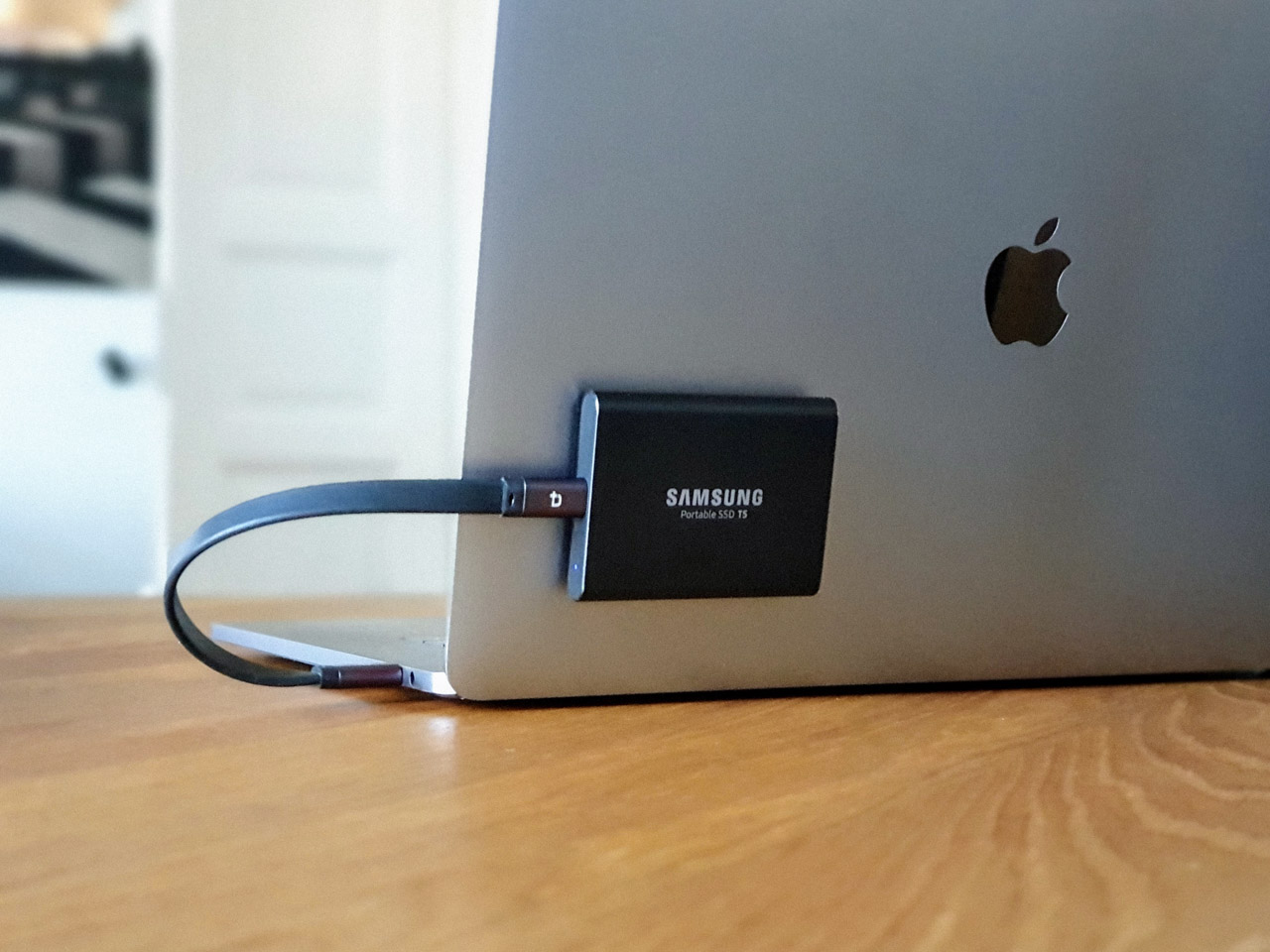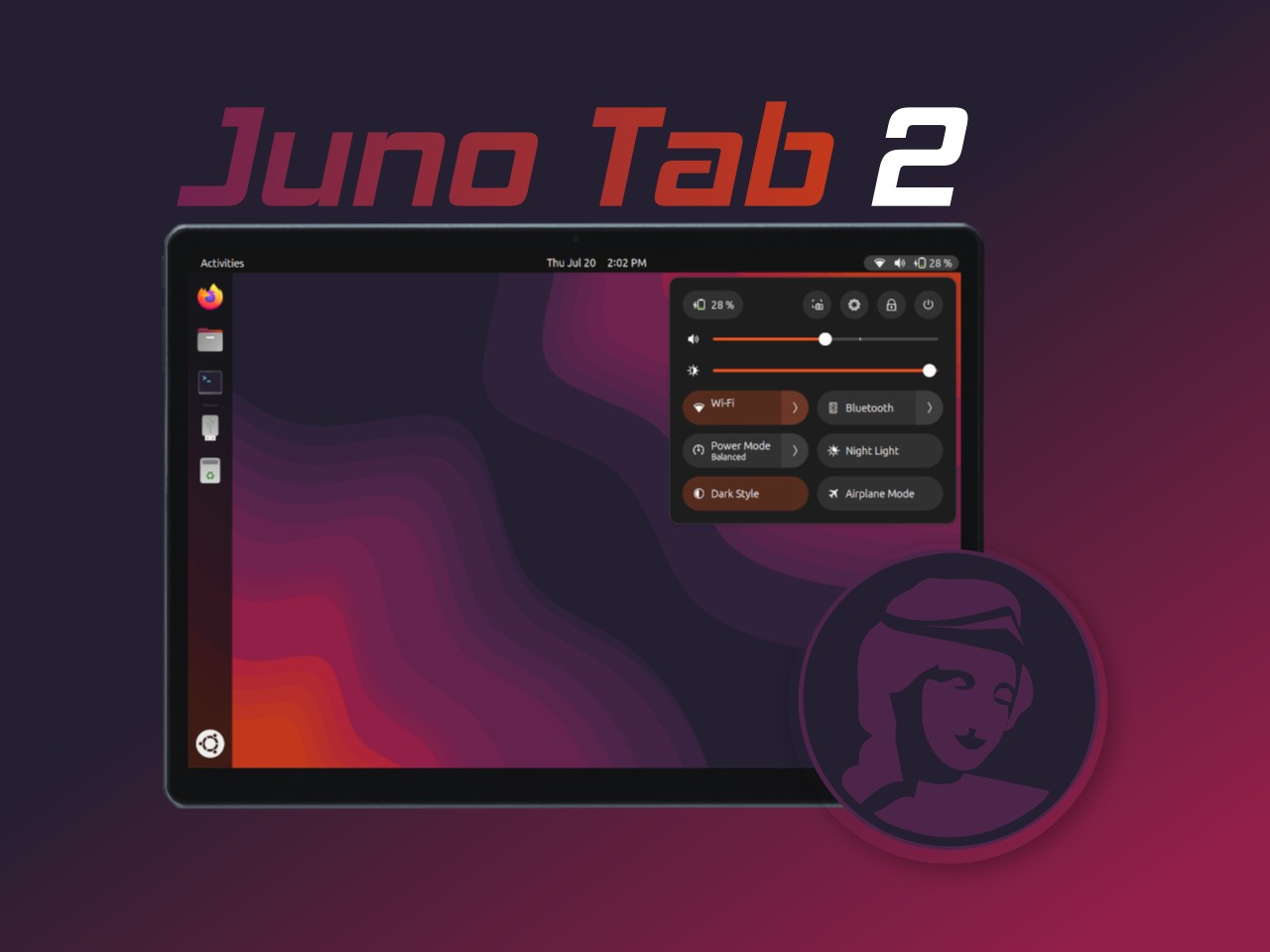It runs entirely in RAM, administration is super simple, no ssh, easy to update/and upgrade, immutable, minimal distro designed specifically for secure container usage.
- 5 Posts
- 23 Comments
That looks like a fun mix of analog and digital, done right. I might have to pop into to our local pinball place and see if they’ve got anything similar.
What do those season 1/2/3 panels do btw?

 17·1 year ago
17·1 year agoHow about Gogs? The whole thing is < 30 MB, and is lightweight enough to run on a Raspberry Pi. You can even get a native binary package if you want to run it without the overhead of Docker.

 7·1 year ago
7·1 year agoCorrected, thanks!

 14·1 year ago
14·1 year ago-
Fedora KDE plans to drop the Plasma X11 session, in favor of Wayland
-
Because X11 is bloated, insecure, and in a development freeze since many years.
-
Wayland is simple, secure, minimal; developed by former X11 devs.
-
Challenges:
-
Wayland’s minimal core protocols lacked essential features.
-
Fragmentation in development efforts occurred.
-
Protocol approval was political and time-consuming.
-
Current State:
-
Standard protocols for most requirements are now available.
-
Plasma and KDE apps run well on Wayland with the upcoming Plasma 6 release.
-
Many 3rd-party apps work via the XWayland compatibility layer, but some need to be ported to Wayland.
-
Conclusion:
-
Fedora aims to drop the Plasma X11 session entirely, if you don’t like it then switch disros.
-
Many 3rd-party apps are already Wayland-ready, but many are not, and collaboration is needed to expedite this transition.
-

 3·1 year ago
3·1 year agoThere’s TrafficToll. It hasn’t had any updates for a while, but since it’s just a python frontend for
tc(which is still maintained), it should work just fine.

 6·1 year ago
6·1 year agoInflexible by Nature
This is my biggest concern with immutable distros, but this article says nothing to address it. It gave examples of changing certain parts in NixOS, but I’d rather see a couple of “hello world” type examples for a few other popular immutable distros.
Eg, how do I alter a file, say /etc/fstsb, in Fedora Silverblue, Nitrux, BlendOS etc? Is it as easy as remounting your root as r/w and saving? Or does it require a 100 steps? If it isn’t straightforward, then it may well be considered as inflexible.

 10·1 year ago
10·1 year agonVidia doesn’t, but lawyers do. License violations are not cool, regardless of who does it.
sysdig can monitor and display file IO usage.
See this page for some examples: https://github.com/draios/sysdig/wiki/Sysdig Examples#disk-io
Ooh, does Latte Dock work under Wayland now?
Looks nice! How did you get/make the top panel, and what are you using for the dock?
 4·1 year ago
4·1 year agoHow are you finding it so far? As in is it actually usable for day-to-day stuff (like decent battery life, working suspend/resume, hardware accelerated video playback etc)?
 6·1 year ago
6·1 year agoAsahi kernel, so most likely a MacBook M1 or something.

 1·1 year ago
1·1 year agoExternal SSDs these days are fairly small, not that much bigger than a regular flash drive. You could stick it to your laptop’s lid using velcro tape, and then using a C-shaped or a 90° USB cable so that it doesn’t jut out.
Basically, something like this:

But use 90° flat cables so that the cable doesn’t jut out like that, something like this: https://www.amazon.com/USB-Type-C-Male-Flat-Cable/dp/B0B5K48VY5

 2·1 year ago
2·1 year agoAnother option is to buy an external SSD (don’t get SanDisk, known to fail) and install Linux on it, this way you get to use your laptop with Linux, whilst preserving your Windows/RAID setup. The other advantage is that since Linux is portable, you could use the same drive to boot on other PCs as well, so you could have your own personal, secure and portable computing environment.
If you’re bored, then check out some custom kernels, like Xanmod or Liquorix.
There’s also this Linux gaming guide which has some good hints and tweaks you might’ve missed - do be warned though that it is a rabbit hole - and always verify whether the tweak you’re applying is relevant to you and still current/needed!
ChimeraOS is a better option IMO, if you’re looking for better hardware compatibility and faster updates, and not just a SteamOS clone.
Not for gaming. The problem with Mint, and most Ubuntu/Debian based distros, is they run ancient packages - especially the kernel, the graphics stack (mesa) etc. Sure, you could install a custom kernel, sure you could install a PPA with updated drivers etc, but then you’d make a mess out of your system, which will cause your updates and upgrades to break.
For gaming, you always want to be on the latest stack (there are exceptions ofc in case of regressions), since the Linux world is pretty fast moving, and especially these days, lots of fixes have been coming in fast for Wine/Proton/AMD, thanks to Valve and the Steam Deck, and all the users and devs invested in it who now see Linux as a viable platform for gaming. Never before in the Linux world have we seen so much development and advancements, and it’s all fueled by the Steam Deck (and AMD’s opensource efforts).
Pop, is also based on Ubuntu, so it suffers from much of the same issues that other Ubuntu based distros face, so it’s not the best choice for gaming.
So you’d be better off sticking with Arch (if you like to DIY and optimize stuff on your own), but Nobara is a pretty solid choice when it comes to gaming, because it’s optimized for gaming out of the box - has a custom kernel with patches gamers would appreciate, patched Discord for stuff like screensharing, has Proton-GE, Steam, drivers, codecs etc all ready to go. In fact, Nobara is made by the same person who makes Proton-GE (ie GloriousEggroll), so you know that this is a legit distro for gaming that’s actually made by someone who knows their stuff, and is a gamer themselves.

 1·1 year ago
1·1 year agoNot sure what firmware limiters you’re talking about? I’m using a cheap ASUS board (B450i-gaming), a Zen 2 CPU and a 6600 XT, and single GPU passthru works just fine for me on Arch using this guide. (I haven’t tried VMetal or this new release of Nitrux yet). Yes, some manufactures are iffy about IOMMU support, mostly Intel-CPU and Intel-based boards in my experience, but if you’re using AMD you should be fine.
There is something called an ACS override patch, but that’s a kernel patch not a GPU firmware patch, and from my understanding, that’s for dual-GPU users. Regardless, it doesn’t modify your firmware in any way.





I that case, check out Fedora CoreOS.